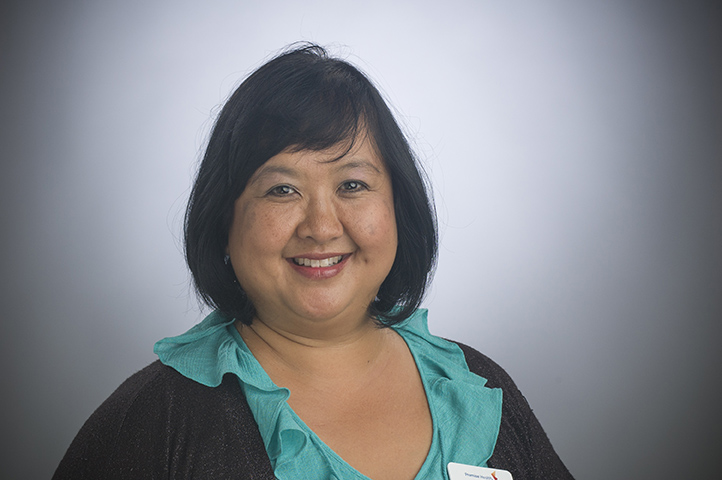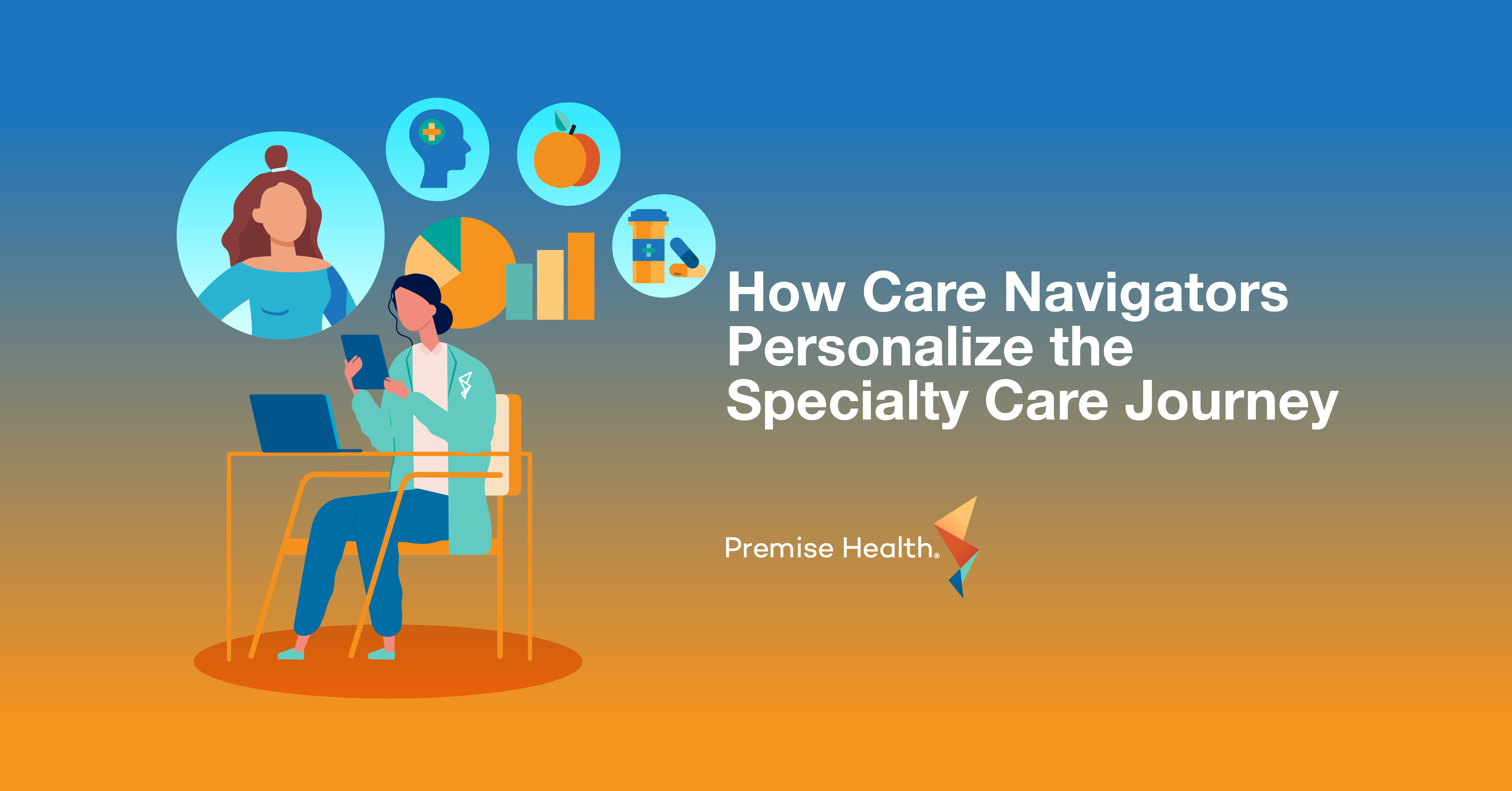Virtual Health: A Provider’s Perspective
Telehealth, telemedicine, or – as we like to call it – virtual health: Whatever the name, the idea of visiting a medical provider via phone, video or secure message instead of face-to-face isn’t new. In fact, it’s growing in popularity, especially among employers. As of 2016, 74 percent of large employer-sponsored health plans had incorporated virtual health into their benefits, up from 48 percent in 2015.
Virtual health has exciting potential. It promises to significantly improve access to healthcare, allowing people to see a provider the moment they need one. No waiting months for an appointment. No need to pack the kids in the car to head to the doctor’s office. However, utilization, or the percentage of people who access virtual health, has remained low. Why don’t more people tap into care from anywhere?
We sat down with one of our providers, Dr. Emily Zaragoza in Seattle, who is leading the way in virtual care delivery at Premise, to learn what makes a great virtual health visit. She shared her perspective on why patients should try out virtual, and why she believes it’s truly the care of the future.
Tell us about your experience with virtual health. How long have you conducted visits virtually?
Dr. Zaragoza: I became an early adopter of technology at a young age, which continued once I found myself in a provider role. For the past 25 years I’ve been practicing medicine, I have witnessed many changes to how care is delivered. When I was introduced to virtual health, it was truly the medicine I dreamed of. In the past, I was heavily reliant on the member story to get the full picture of his/her health. Today, with the help of technology, I now have access to data to complement the stories. I can access the patient chart anywhere with virtual, recognize if the condition is a recurring issue, and make the proper diagnosis with the help of data and the story.

I have been conducting virtual visits for over a year now and look forward to what the future holds for this method of care delivery.
What was your first virtual experience like?
Dr. Zaragoza: Around the third week of being able to offer virtual visits, I conducted my first one. It was slightly awkward to start – similar to how it is when you use FaceTime or Skype with a family member for the first time. You’re unsure how to make eye contact with the individual on the other side of the screen, where to look, etc. But what I learned was not to lose the personal connection. You need to establish this at the beginning of the visit.
I don’t change my approach just because I’m conducting a visit virtually. I still knock on the door just as I would before a face-to-face visit, asking if the patient is ready. “Hi, how are you?” is still my first communication with the patient.
I take these steps because it’s important to get to know the patient first. It allows you as the provider, as well as the patient, to get comfortable from the start.
Are your patients open to conducting virtual visits?
Dr. Zaragoza: Yes, my patients are open to conducting virtual visits. One of the first things I heard from them is how advanced we are by offering virtual visits. This service truly improves access to care and enables me to see more people.
I have yet to experience any negativity around virtual visits; rather, people are curious and appreciative of the offering.
Virtual health is now more widely adopted, but utilization remains low. What strategies do you use to encourage people to try virtual?
Dr. Zaragoza: Because I’ve been in the practice of medicine for more than two decades, I’ve experienced many transitions related to how we document and deliver care. One of the biggest has been the transition from documenting on paper to documenting in an electronic medical record system. Technology isn’t perfect, and it’s not unlikely for a system to break down or malfunction. Unfortunately, this results in a lack of trust from providers.
From the provider perspective, your success starts with having the right technology in place – you have to be able to trust your system. When you trust that the system works well, and information is saved correctly, you’re more open to conducting a visit virtually because all the patient information is available at your fingertips. The same can be said for patients. They’re more open to a virtual visit if they trust that the provider on the other end of the phone or screen has their medical record. They trust the provider has what he/she needs to deliver the appropriate care, and that gives them the confidence to access healthcare virtually.
Establishing trust is the first step. When a provider has confidence in the technology, she becomes a stronger advocate for conducting visits via video or the phone. It then becomes easier to advocate for virtual visits with patients, leading to increased utilization.
What makes a good virtual health visit?
Dr. Zaragoza: A good virtual visit is a visit that feels like you saw the patient in your office. The only difference is that the visit was conducted through a phone or screen. I think there are two things that make a quality virtual visit:
First, you must have a good rapport with your patients. A mutual trust is key.
Second, technology has to work. Virtual health was made possible when providers and patients could share records among one another. It’s the idea that we’re not reproducing labs or diagnostic work because a record doesn’t exist. At my health center, we use Epic. The platform is not only user friendly, but also eliminates duplication of medical work. It’s an established system that enables me to do everything virtually if needed.
How did you inform patients that virtual health was an available service?
Dr. Zaragoza: Adoption was slow to start. I didn’t see any patients virtually the first few weeks the service was available, because patients didn’t know about it. I assumed most were familiar with virtual health, but it took some educating.

Part of having a successful virtual health program is advertising. As providers, we need to tell patients of the offering when they come in for a traditional visit. In addition, we need to encourage portal use to increase comfort with communicating virtually and get patients used to conversing through the platform.
Following the portal conversation, I encourage patients to download the app on their mobile phone, which is a seamless segue into a virtual health discussion. This enables them to connect with our office from anywhere. When talking with patients, remember to reassure them virtual health visits are OK and an effective way to seek care from a provider.
What makes a good virtual health program?
Dr. Zaragoza: I would argue there are three things that make a good virtual health program.
First, you need the right technology. Technology is critical to success. With wide-spread access to patient records, I can easily pull up information wherever I am and conduct a visit. Technology has created efficiencies for our team, improving the documentation speed and allowing us to take care of things that need to be taken care of as quickly as possible.
Second, you need dedicated staff and providers. Providers and staff must be behind the program and desire to deliver care virtually when there is an opportunity. I have encouraged our team – from front office admins to nursing staff – to heavily promote virtual first when communicating with established patients. It’s not unlikely to experience roadblocks in your day, but virtual enables you to have more flexibility, greater control over your schedule and navigate the day more seamlessly.
Finally, you need engaged patients. A successful virtual health program goes beyond the provider. Your patient population must be behind virtual visits. And often times, this requires support from the full team. I take it upon myself to advertise our virtual offering and encourage patients to interact with the portal. Patients need to be partners with you (the provider) in virtual health!
Learn more about our approach to virtual health or get in touch – we value your feedback.
Next on industry insights.

One Less Errand, One Healthier Member: The Power of 90-Day Prescriptions
Read the Blog
How Care Navigators Personalize the Specialty Care Journey
Read the Blog